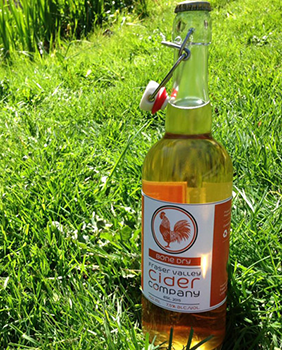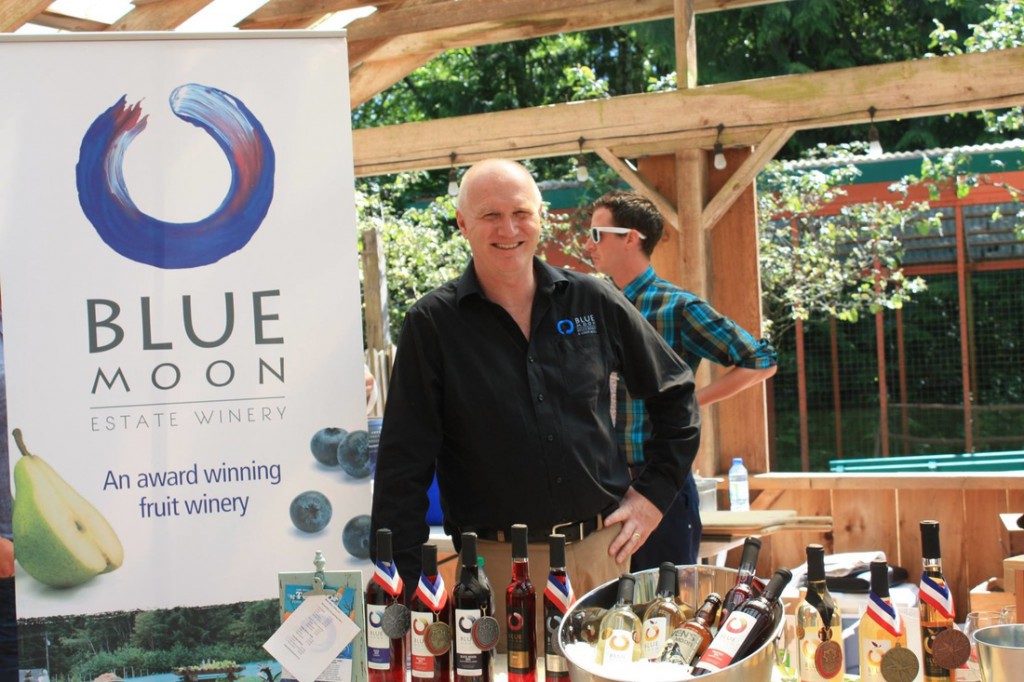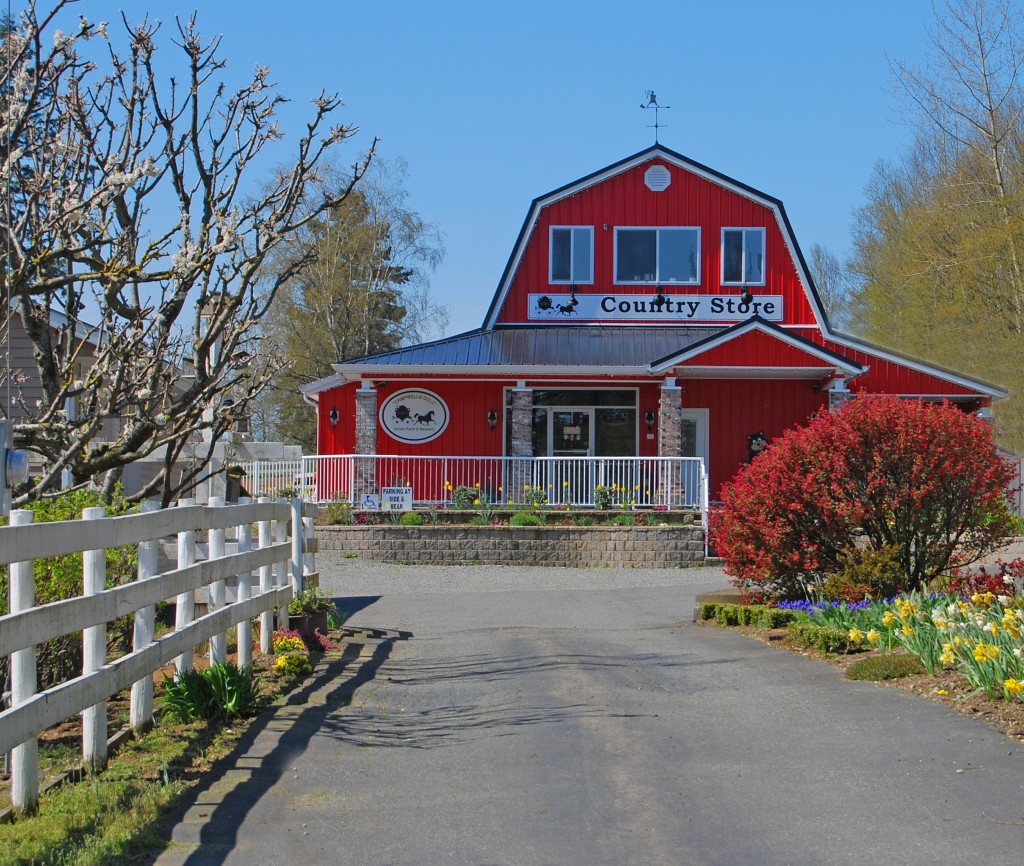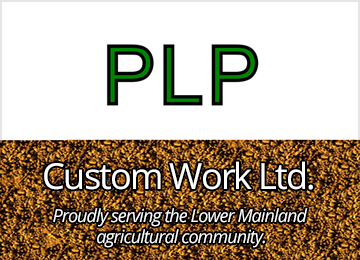By Ronda Payne
Consumers love their beer and wine, but there is a growing opportunity for locally-crafted beverages outside the expected categories.
Over the years I’ve become a bit of a wine snob, learning what I do and don’t like; but, every so often, there’s a place for something different. The same goes for beer in my household. My husband might be working out in the yard on a summer’s day and think about a beer, yet, he might also look for a different taste to savour.
One benefit of agriculture writing is learning about the new and different options in the market, and with this article I thought I’d explore some of the alternatives to beer and wine. There are plenty of choices beyond the cans of coolers, breezers and blends found in the liquor store. Some go as far back as the first fermented beverage, while others are a little newer, but all are unique and definitely worth trying—especially when they are created here in British Columbia.
Cider

Let’s start the tour with Fraser Valley Cider, a new cidery on 16th Avenue in South Langley, just a few blocks east of Campbell Valley Regional Park.
Rachel Bolongaro and her husband came to Canada from the United Kingdom 17 years ago.
“I have always made my own cider,” she says.
But obviously whipping up a batch at home is far different from a commercial enterprise. Bolongaro took a course, found the 12-acre property and opened their cidery to the public in the summer of 2016.
“The first batches of cider went on in November [2015],” she notes of putting the first batches in to ferment.
Those sold quickly when she opened for business and now she’s planning for the 2017 season opening. The apple harvest is underway from the 1,800 trees of about 25 different heritage varieties over two acres. Another four acres are slated for planting in the future. This will be the first year apples from their land will be used, as past batches were made of apples from a partner farm in the Okanagan.
Obviously, like most things in agriculture, this is not a get-rich-quick strategy. A person wanting to create hand-crafted cider like Bolongaro—an orchardist and a cider-maker—needs to love the land as she does.
“I always wanted a plot of land,” she says. “This was in really rough shape when we bought it. The first year we levelled, graded, fenced and sorted out the drainage.”
Now, the process gets a little easier, but it’s still time consuming and demanding. Although it is paying off. Bolongaro says the cider market is the fastest growing beverage market in North America and like the craft beer market, it’s coming north quickly.
Fruit Wine
Moving from cider to another kind of fruit beverage, fruit wines have been around for centuries. Our ancestors understood the benefits of fermenting fruit. Plum wine, cherry wine, dandelion wine, it’s all out there, but what is most common in BC is berry wine.

George Ehrler and his wife Marla Limousin of Blue Moon Winery and Ciderworx in Courtenay have learned there is a great difference in the perceptions of fruit wines and grape wines. The pair bought an organic blueberry farm but quickly found there was little money in the blueberries. A trip changed things.
“We were in the Okanagan and went to Elephant Island,” Ehrler says. “We saw their establishment and thought we could do this.”
Which they have, but Ehrler contends, “Fruit wine is a tough sell.”
Many people have had experiences with fruit wines in the past—bad experiences. An uncle or grandfather who made fruit wine in the basement or the bathtub that tasted like it had been made in the basement or bathtub.
“People have to try [our wine]. Once they taste, they walk out with the product,” notes Ehrler. “We started with fruit wine. We’ve always made a blueberry wine and have always done a still cider—like a table wine made with apples.”
There were a few apple trees on the property in addition to the blueberry bushes on the four planted acres. The couple added more apple trees but also source apples from throughout BC (starting close to home first) for the carbonated apple cider.
“We just started about two years ago and it’s gone crazy,” Ehrler says of the new cider.
The majority of Blue Moon’s wines are dry, not at all what the fruit wine disasters from relatives tasted like. The operation also features a special occasion kitchen where they host cooking classes and special events like showers or book clubs.
Mead
Perhaps the oldest alcoholic beverage of them all, we explore mead in Aldergrove with Judy Campbell, co-owner of Campbell’s Gold Honey Farm and Meadery. Mead, according to Campbell, is simply honey and water fermented.
“My husband Mike has been into bees for about 20 years,” she says. “He found his first mead recipe 50 years ago in a turn-of-the-century medical text.”
 The steps moving toward a commercial operation from a hobbiest mead-maker weren’t easy. Creating recipes, determining quantities and getting commercial equipment into an existing building were challenges.
The steps moving toward a commercial operation from a hobbiest mead-maker weren’t easy. Creating recipes, determining quantities and getting commercial equipment into an existing building were challenges.
“It’s a very long, time-consuming process,” Campbell says.
Ten years have passed since the opening of the new store front at Campbell’s Gold and it was one year later when the mead began selling. The Campbell’s 30 different honey wines range from dry to sweet. The couple has formed a mead club.
“They will be honest with us,” Campbell says of the approximately 50 club members. “It’s a great feedback system.”
Like cider and fruit wine, despite having been around for centuries, mead has been lost in a sea of beer and wine until recently.
“We’re at the beginning stage where we’re finally getting some recognition,” Campbell says.
At a mead-making conference at UC Davis, Campbell learned that the mead industry is at the stage the grape wine industry was at about 30 years ago.
Cider, fruit wine, mead—growers looking to get into the beverage market may want to consider expanding their horizons beyond the standard fare.
SUBSCRIBE to Modern Ag Mag (it’s FREE to Canadian households) — don’t miss another story!












